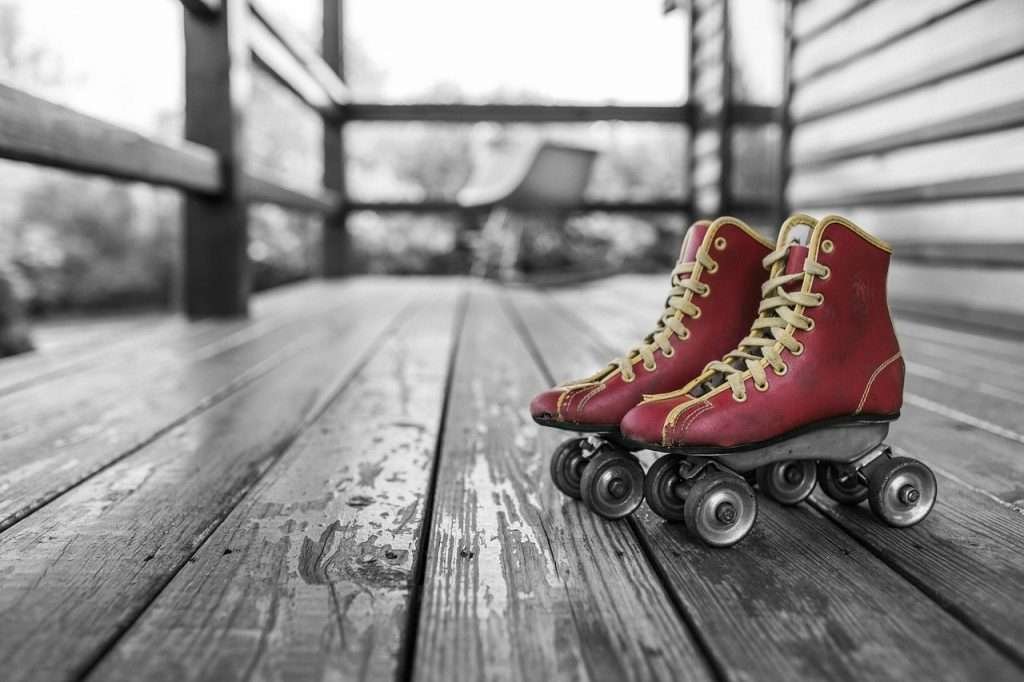You’ve just finished an intense workout and your muscles are screaming for relief. But instead of succumbing to the pain and stiffness, wouldn’t it be great to know how to recover quickly and effectively? In this article, you’ll discover some helpful strategies and techniques that will have you bouncing back from your workouts in no time. From proper nutrition and rest to active recovery and foam rolling, you’ll learn a variety of approaches to optimize your recovery and get back to crushing your next workout. Say goodbye to sore muscles and hello to a faster and more efficient recovery process!
Importance of Recovery
Recovery is a critical aspect of any fitness journey. It is during the recovery phase that your muscles have the opportunity to repair and rebuild, leading to increased strength and overall growth. Without proper recovery, your muscles may become overworked and fatigued, leading to overuse injuries. Additionally, by prioritizing recovery, you can optimize your performance and improve your overall fitness level. In this article, we will explore various recovery techniques and strategies to help you recover from workouts quickly and effectively.
Rest and Sleep
One of the most essential aspects of recovery is getting sufficient sleep. During sleep, your body releases growth hormones that aid in the restoration and repair of muscles. Aim for at least 7-9 hours of quality sleep each night to allow your body ample time for recovery. Additionally, taking regular rest days is crucial to prevent overtraining and to give your muscles the time they need to recover fully. Rest days can also help enhance your mental well-being, allowing you to approach your workouts with renewed energy and enthusiasm. Another effective recovery technique is power napping. A short nap of 20-30 minutes can help combat fatigue and provide an instant boost of energy.

Nutrition and Hydration
Proper nutrition plays a vital role in recovery. It is essential to consume adequate protein after workouts to support muscle repair and growth. Including lean protein sources such as chicken, fish, eggs, or plant-based alternatives like tofu or lentils in your post-workout meals can help replenish amino acids and promote muscle recovery. Additionally, staying well-hydrated is crucial for optimal recovery. Water aids in transporting vital nutrients to your muscles and assists in eliminating waste products. Aim to drink at least 8-12 cups of water per day and adjust your intake based on your activity level and climate. Lastly, ensure you are eating a balanced diet rich in fruits, vegetables, whole grains, and healthy fats to provide your body with the necessary vitamins and minerals it needs to recover efficiently.
Stretching and Foam Rolling
Incorporating stretching and foam rolling into your recovery routine can greatly assist in reducing muscle soreness and tightness. Dynamic stretching before exercise helps to warm up your muscles and increase their flexibility, preventing injury. Some examples of dynamic stretches include arm circles, leg swings, and walking lunges. On the other hand, static stretching after exercise helps improve muscle flexibility and range of motion. It involves holding a stretch for around 10-30 seconds without bouncing. Foam rolling, also known as self-myofascial release, can help release muscle tension and alleviate pain caused by tight muscles. By using a foam roller, gently roll different muscle groups to break up knots and adhesions, promoting blood flow and enhancing recovery.

Active Recovery
Engaging in light aerobic exercise during your recovery days can be beneficial for enhancing blood circulation and facilitating muscle recovery. Low-intensity activities such as walking, easy cycling, or light jogging can help flush out lactic acid and reduce muscle soreness. Swimming or water therapy is another excellent option for active recovery. The buoyancy of water relieves stress on your joints while providing gentle resistance, promoting muscle relaxation and recovery. Additionally, low-impact activities like yoga, pilates, or tai chi can improve flexibility and strength without putting excessive strain on your muscles and joints. Incorporating these activities into your recovery routine can aid in both physical and mental rejuvenation.
Cold and Heat Therapy
Cold and heat therapy are two effective techniques for promoting muscle recovery and reducing inflammation. Taking a cold shower or immersing yourself in an ice bath after intense workouts helps constrict blood vessels, decreasing inflammation and swelling. Cold therapy also numbs nerve endings, offering pain relief to sore muscles. Alternatively, heat packs or warm compresses can increase blood flow to the muscles, promoting relaxation and reducing muscle stiffness. Heat therapy is particularly beneficial for chronic muscle pain or tightness. An effective method called contrast therapy involves alternating between cold and heat therapy, utilizing the benefits of both to enhance recovery.

Massage and Bodywork
Massage and bodywork are excellent recovery aids that can help reduce muscle soreness, improve blood circulation, and increase flexibility. Consider booking a professional massage to target specific areas of tension and promote deep relaxation. You can also learn self-massage techniques, such as using a foam roller or massage balls, to replicate the effects of a professional massage at home. Trigger point therapy, a form of massage that focuses on releasing tight knots or trigger points in the muscles, can be particularly effective in alleviating muscle pain and enhancing recovery. By incorporating regular massage and bodywork into your recovery routine, you can help facilitate muscle repair and prevent muscle imbalances.
Compression and Elevation
Compression garments, such as compression socks or sleeves, are designed to apply gentle pressure to your muscles and improve blood circulation. Wearing compression garments during and after workouts can help reduce muscle fatigue, soreness, and swelling. Compression ice packs combine the benefits of compression and cold therapy to provide relief to injured or strained muscles. They are designed to conform to the contours of your body while applying therapeutic cold therapy. Additionally, elevating your legs above your heart level can help reduce swelling and encourage blood flow back to the heart, enhancing recovery. By incorporating compression and elevation techniques, you can effectively support your muscles during recovery.
Reduce Stress and Relaxation
Reducing stress and promoting relaxation is vital for both physical and mental recovery. Stress can impede your body’s ability to recover efficiently. Practicing meditation and deep breathing exercises can help activate the body’s relaxation response, reducing stress hormones and promoting a state of calmness. Consider incorporating yoga or Pilates into your recovery routine, as they focus not only on physical movements but also incorporate breathwork and mindfulness. Both practices can help alleviate stress and improve flexibility and strength. Lastly, indulging in a soothing bath with Epsom salts or treating yourself to a spa day can provide a much-needed escape from daily stressors, allowing your mind and body to unwind and recover.
Supplements and Recovery Aids
While not essential, certain supplements and recovery aids can assist in optimizing your recovery process. Branched-chain amino acids (BCAAs) are often taken before or during workouts to reduce muscle breakdown, enhance protein synthesis, and promote muscle recovery. Protein powders, such as whey or plant-based options, can be a convenient way to ensure you are meeting your protein needs for effective recovery. Omega-3 fatty acids, commonly found in fish oil or flaxseed oil supplements, have anti-inflammatory properties that can aid in reducing muscle soreness and promoting recovery. Additionally, Epsom salt baths, containing magnesium sulfate, can help relax the muscles and improve circulation, enhancing recovery.
In conclusion, prioritizing recovery is essential for anyone embarking on a fitness journey. By allowing your muscles to repair and rebuild, preventing overuse injuries, and optimizing performance, you can achieve your fitness goals more effectively. Incorporating techniques such as rest and sleep, proper nutrition and hydration, stretching and foam rolling, active recovery, cold and heat therapy, massage and bodywork, compression and elevation, stress reduction and relaxation, and utilizing supplements and recovery aids can significantly enhance your recovery process. By adopting these practices, you will not only recover from workouts quickly and effectively but also set yourself up for long-term success in your fitness journey. Remember, recovery is just as important as the workouts themselves, so make it a priority and reap the benefits.
